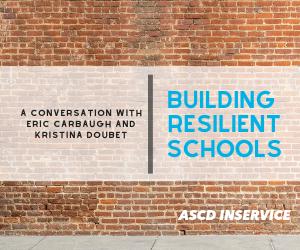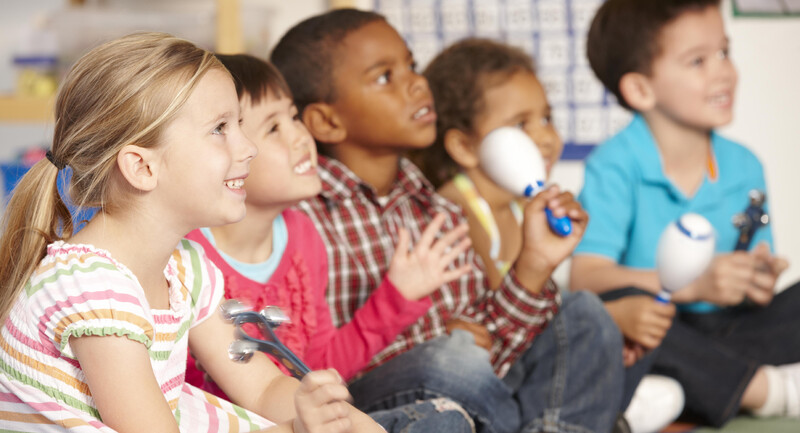Stress is nothing new to school counselors. But as they continue to shoulder the tremendous responsibility of helping young people heal from the momentous events of the past year and ongoing traumas, education leaders need to renew a focus on school counselors’ well-being. Although nearly all educators are experiencing heightened stress and anxiety, school counselors are often the first ones called in to help address crises and traumatic experiences. As we look to support the mental health of educators, we must also remember the school “helpers” who are often asked to place the needs of students, families, and colleagues before their own.
Social and emotional learning (SEL) is critical to maintaining the mental health and well-being of the school community. Over the last decade, we’ve seen schools and districts increasingly prioritize adult SEL by promoting self-care, supportive staff relationships, and opportunities for reflection and collaboration. This intentional focus combined with structures for additional mental health supports can bolster staff wellness, help prevent secondary trauma and compassion fatigue, and create supportive climates that allow school counselors to bring their full selves to work.
Below, we offer four strategies to promote school counselors’ well-being and mental health.
- Create agreements to connect, listen, and heal together.
We know that self-care is important for school counselors, but it’s hard to prioritize if it’s not reflected in the work climate and culture. Self-care should become part of the school culture rather than a responsibility for individual staff members to seek out on their own. Relationships are the foundation for supportive conditions that prioritize staff wellness and are built through connecting and listening to one another.
A good way to start establishing these conditions is by developing Staff Shared Agreements to talk about how staff interact with and listen to one another, as well as how to set realistic boundaries around work. For example, these agreements can help staff find ways to support and connect with one another virtually or in-person, define how they will model SEL when they communicate with students and families, create expectations around email and response times, or set up routines for reflecting on their own well-being.
Follow up on these agreements by carving out dedicated time and space for school counselors to come together with other school staff to build connections and engage in collective healing, through activities like staff circles or the three signature practices for adult SEL.
2. Check in on school counselors and normalize asking for support.
School counselors will have varied experiences and stressors during this time, and some may have additional mental health needs related to depression, anxiety, grief, or post-traumatic stress disorder.
Create routines to check in regularly with school counselors and support staff, such as five-minute chats at the beginning of the day for staff to share how they’re feeling and reflect on their needs. It can also be helpful to establish simple routines that let school counselors and educators ask for support from colleagues when they need a quick break. For example, a teacher tap-in/tap-out protocol might be adapted to allow school counselors to ask colleagues to hold off sending students to their offices for a few minutes when they need a moment to recenter.
Ensure school counselors are aware of—and know how to access—employee assistance programs and wellness benefits that may provide access to community mental health providers and resources. Also, creating a confidential referral process, such as a dedicated phone line that protects the privacy of employees, is important for staff who are at higher risk for significant stress or trauma. This may mean ensuring access to community mental health providers who can offer extra resources.
3. Use this extraordinary time to innovate and tap into school counselors’ “why“.
Reconnecting with what drives us to this work is an important way to motivate and ground ourselves, especially when experiencing stress and burnout. Although the past months have often been overwhelming, this difficult time has also offered opportunities to innovate and to reconnect with why the work that school counselors do is so important.
Give school counselors opportunities and space to reflect on and share what they’ve learned from their unique experiences. What new strategies have they found to confront inequities and build meaningful relationships with students and families? How might these insights improve communities and structures moving forward? How can school counselors and educators work together toward creating a school culture free from racism and bias?
Set up formal or informal conversations with teams or colleagues to share best practices, talk about successes and challenges, and identify innovative ways to design inclusive spaces. You might want to try using protocols, such as National School Reform Faculty’s Futures Protocol, to harness a team’s brainstorming energy for paths forward.
4. Develop a professional learning plan with school counselors focused on adult SEL.
Studies have found that educators with stronger social and emotional competencies are less likely to report burnout, have higher job satisfaction, and demonstrate higher levels of patience and empathy. As school counselors face work-related stress, adult SEL can have positive effects on their outlook.
A good starting point is self-reflection. When staff reflect on their own lifelong process for developing social and emotional competencies, they gain insight into their own strengths and areas for improvement.
One strategy to consider is to support school counselors in taking a self-care inventory and noting coping mechanisms they use in stressful times. Recording reflections in a self-care journal can allow for a healthy space to explore feelings, seek out positive strategies, and fine tune the areas for improvement.
Build on this self-assessment by creating a plan for how to strengthen areas of growth. This might include developing coping and emotional regulation strategies. It may also include deepening self-awareness about individual perspectives and biases, strengthening cultural competence as part of social awareness, and developing relationship-building skills.
As schools respond to the urgent mental health needs of all educators, we must also remember the needs of our school counselors. We hope these strategies continue to build on a culture of support and healing for every member of the school community.
Justina Schlund is the senior director of content and field learning at the Collaborative for Academic, Social, and Emotional Learning (CASEL). Amanda Fitzgerald is the assistant deputy executive director of the American School Counselor Association.








